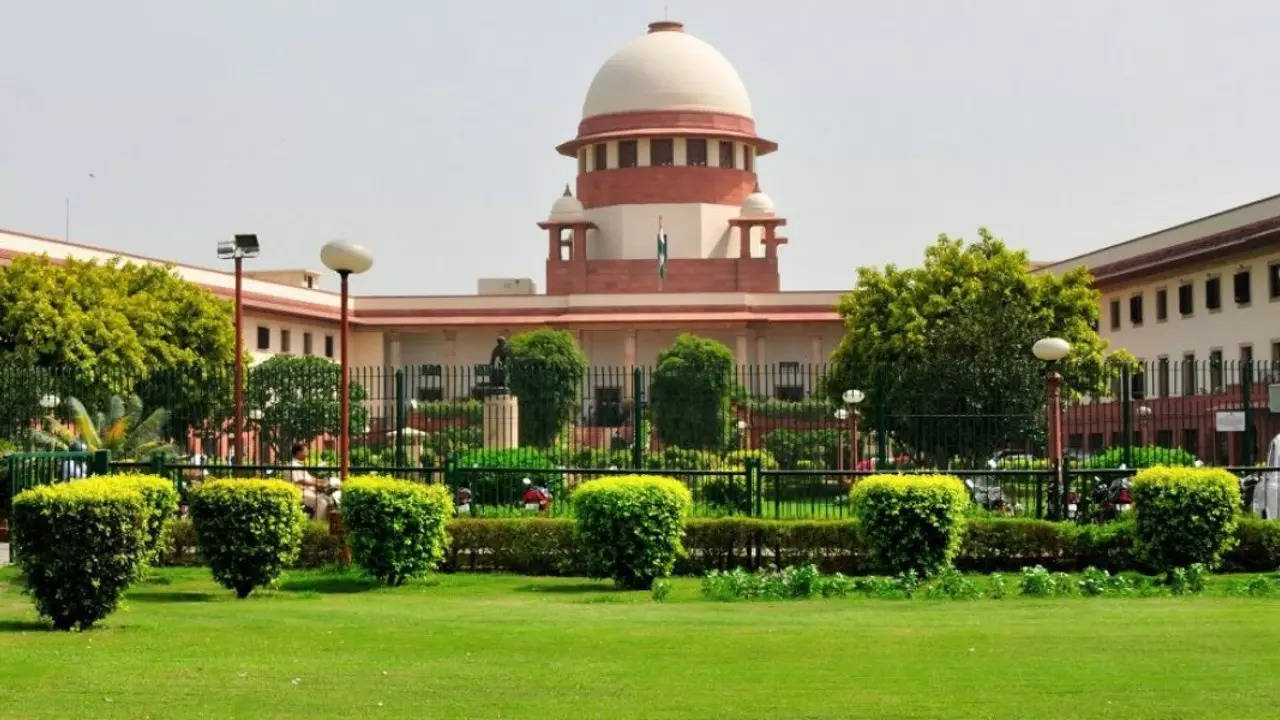- The Supreme Court amended its decision on required eco-sensitive zones (ESZs) around protected forests, national parks, and wildlife refuges across the country.
- The court has now said unequivocally that ESZs cannot be uniform throughout the country and must be “protected area-specific.”

What exactly are Eco-sensitive Zones (ESZ)?
- The MoEFCC designates Eco-Sensitive Zones (ESZs) or Ecologically Fragile Areas (EFAs) around Protected Areas, National Parks, and Wildlife Sanctuaries.
- The goal of declaring ESZs is to create “shock absorbers” for protected areas by regulating and supervising activities in and around them.
- They also serve as a transition zone between areas of high protection and areas of lower protection.
How are they distinguished?
- The term “Eco-Sensitive Zones” is not mentioned in the Environment (Protection) Act of 1986.
- However, Section 3(2)(v) of the Act states that the Central Government has the authority to limit the areas in which any industry, operation, or process, or class of industries, operations, or processes, shall or shall not be carried out, subject to certain safeguards.
- Aside from that, Rule 5(1) of the Environment (Protection) Rules, 1986 states that the central government has the authority to prohibit or restrict the location of industries and the carrying out of specific operations or processes based on certain considerations.
- The government has declared No Development Zones (NDZs) using the same criteria.
Defining its boundaries
- According to the Wildlife Conservation Strategy, 2002, an ESZ could extend up to 10 km surrounding a protected area.
- Furthermore, ESZs should include sensitive corridors, connectivity, and biologically important patches that are critical for landscape connection that are wider than 10 km.
- Furthermore, even within the framework of a certain Protected Area, the distribution of an ESZ and the extent of control may not be consistent all around and may vary in width and extent.
Permitted and Prohibited Activities
- Continuous agricultural or horticultural practises, rainwater collection, organic farming, use of renewable energy sources, and use of green technology for all activities are all permitted.
- Commercial mining, saw mills, polluting industries (air, water, soil, noise, etc.), establishment of major hydroelectric projects (HEP), commercial use of wood, tourism activities such as hot-air balloon rides over the National Park, discharge of effluents or any solid waste, or production of hazardous substances are all prohibited.
- Felling of trees, creation of hotels and resorts, commercial exploitation of natural water, erection of electrical cables, drastic change in agriculture system, e.g. adoption of heavy equipment, pesticides, etc., road widening are all subject to control.
What was the most recent Supreme Court decision?
- The Supreme Court ordered a 1-kilometer buffer zone for protected places on June 3, 2022, to act as a “shock absorber.”
- However, the Centre and many states, including Kerala, have petitioned the Supreme Court for a modification of the judgement, claiming that the order harmed hundreds of communities on the outskirts of forests.
The Effect of the Decision
- An earlier decision would almost definitely have impeded the day-to-day operations of citizens living in ESZs.
- It will also restrict people from rebuilding their homes and the government from erecting schools, dispensaries, anganwadis, and other fundamental structures to better the residents’ lives.
- The court also stated that forest departments would be unable to pursue eco-development operations near national parks and sanctuaries.
Source: https://www.thehindu.com/sci-tech/energy-and-environment/supreme-court-modifies-order-on-eco-sensitive-zones-around-protected-forests/article66782430.ece
